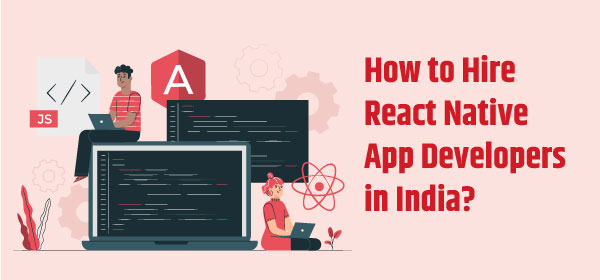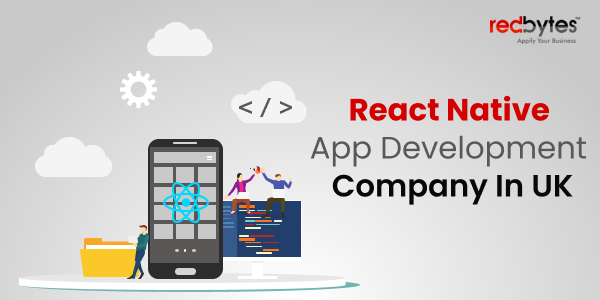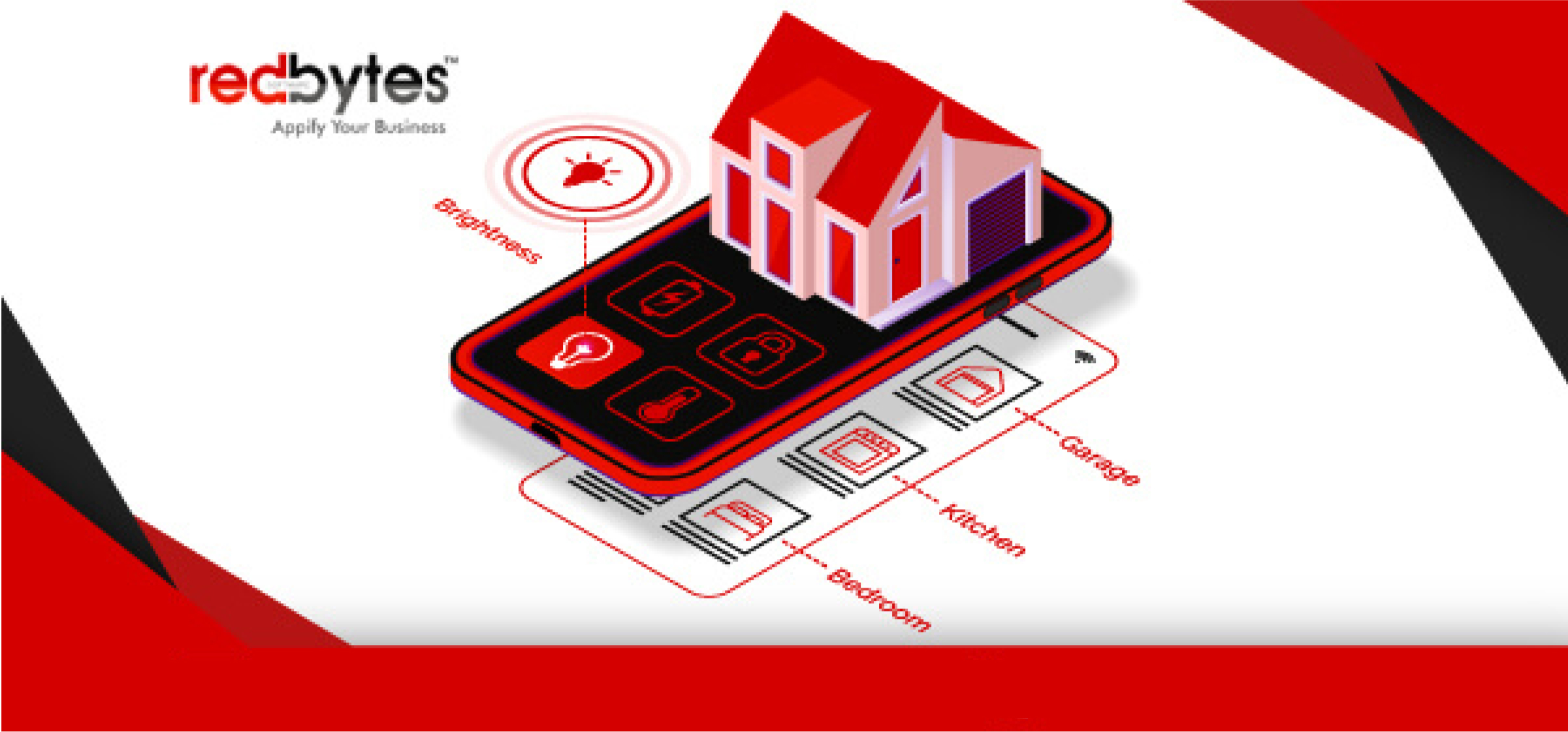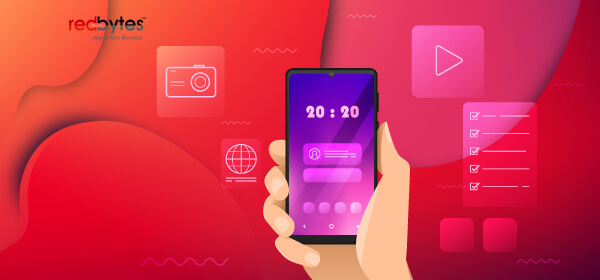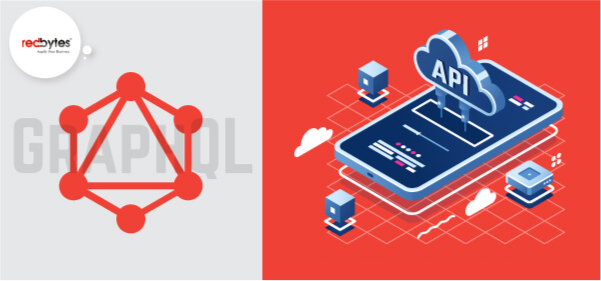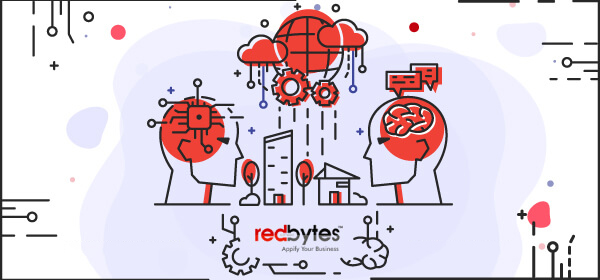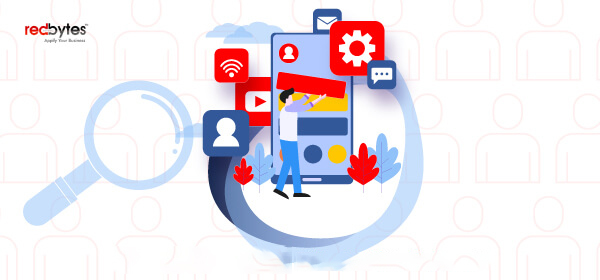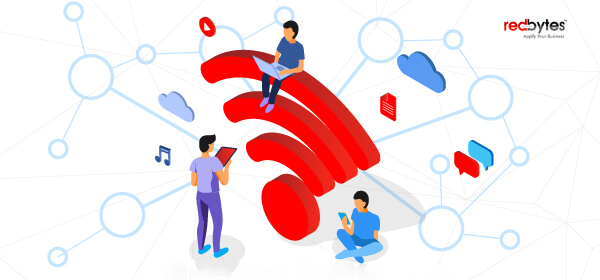When you start a project involving app development, the tech stack you would most likely choose is React Native. It is the most popular platform among developers for its benefits and cost-effectiveness. The best part is the reusability feature of the code in React Native which can be used for both iOS and Android – the two most popular platforms, meaning you do not have to find separate iOS and Android developers for your project.
Yes, you have decided to use React Native and you are pretty impressed with what the platform has to offer. But there is another dilemma – how would you find the right React Native app developer? By now, you might have plenty of questions fogging your mind – whether you should go for a freelancer, maybe hire an in-house developer or whether you should go for an app development company. Well, each of these options has their own advantages and disadvantages, especially based on where you are located.
Why hire a React Native App developer?
Understanding your business requirements and whether you can afford an experienced developer based on where your business stands are very important before you go to hire a React Native app developer. If you are a start up or a small business, hiring an experienced React Native app developer can be a struggle. Therefore, you must have a clear idea of what your business needs to succeed and how the person you hire will help you with that.
And about why you should hire a React Native app developer, here are a few reasons.
In case you are a start up, you barely have any time to waste. Your investors will be behind your back for results and your aim will be to release your app to the market as fast as possible. In such conditions, building an MVP seems to be a feasible option and the best way you could have that is by hiring an experienced React Native app developer.
Read Also: How Much Does It Cost To Hire An App Developer?
Now, if your intention is to migrate your app to another platform, hiring a React Native app developer will be of great help. But at first, you must have a clear idea of your requirements – both short term and long term. If you have an iOS app and you feel the need to make an Android version of it because it is more beneficial for your business, you can hire a React Native app developer instead of an Android development team to create a cross-platform application. React Native allows code reusability; so, you can use the same codebase for both platforms, helping you save money and resources.
If you already have a web application created by your in-house development team, but you also need a mobile version of it, the most beneficial option will be hiring a React Native app developer. It would be great if your in-house development team has knowledge in React; it will help them to easily handle the transition to React Native so well. Also, you will just have to hire experienced React Native rather than hiring a new Android or iOS team.
When you do have to build a mobile application, but you do not have a deadline, you can help train your in-house development team in React Native, maybe through online learning programs. This is cost-effective and also easy for them to learn if they have a JavaScript background. However, hiring a developer seems to be a better option, especially when you are creating a mobile app from scratch and you do not want to compromise the outcome because of the lack of proper knowledge of the framework.
For all the above-mentioned scenarios, there is a proper way to hire your talented React Native developers while guaranteeing an ideal skill set. Looking for the right talents is a hard task especially when software development industry has high demand. But, it gets easier if you have a clear idea of your options.
Read Also: Top App Development Companies in UK
Hiring a React Native App developer in India – the challenges
India provides some of the best and affordable React Native app development services compared to other countries. But like everywhere else, hiring a React Native app developer in India is not an easy task. It is a time-consuming process and there is no guarantee that the particular person would be hired.
Here is why.
- Many job search platforms
You might know a lot of job search platforms – Upwork, Fiverr and LinkedIn to name a few, outsourcing companies and other tools that are meant to aid you to find a talented React Native app developer. But too many platforms can also make it hard for you to find the right person.
- Cross-platform apps versus native apps
React Native is a great cross-platform tool to create a mobile app. Part of it is because, with React Native, developers can create mobile apps for Android and iOS platforms using JavaScript. And almost every developer knows something about JavaScript, but it may not be enough to meet your requirements.
- Urgency of projects
Finding the right React Native developer or a development company can be challenging especially if you have a tight deadline. So finding a well-experienced and trusted developer will be a great option.
- Hiring process
There is no such thing as a perfect candidate. The idea of “perfection” differs per person based on their personalities, experiences and technical backgrounds. So, choosing the right person that fits your criteria for a developer – with the required skills, expertise, confidence and everything in between is quite the challenge.
How to hire a React Native app developer in India?
Hiring a React Native app developer in India is economical compared to other countries. But there is no fixed cost and it differs based on the different factors that affect the development process. The expenses increase if the person you chose for the job is not the right one. So, before you go on to hire them, have a clear understanding of how you are going to do it. Here are few ways you can do it.
- Hire an in-house developer
The first option you might consider is to hire an in-house React Native app developer by yourself. You can do that by setting a budget, checking whether the candidates’ experience and background align with your requirements, creating job offers, and advertising the vacancies on different job search platforms.
The advantages of doing so are that you will have complete control over the process and the developer you hire will be a part of your team, will work in the same environment and will be a part of long-term projects. But, the process of interviewing and recruiting the right candidate is a time-consuming process and also since there is a high demand for React Native developers, it will be hard for you to find the right person. Also, in case you choose the wrong person, it can affect your budget.
- Hire a freelancer developer
If you do not want a permanent team member and instead, prefer someone to work on just one project, hiring a freelancer is the right option. You can look up React Native developers on popular job search platforms and conduct the hiring process based on the candidates’ profiles and the review of their work. This method is cost-effective for short-term projects.
Also, when you look for the candidates in a job search platform, you might even come across reviews of their work from other companies, which helps in the initial screening process. But again, the process is time consuming and you cannot expect much engagement with your in-house team because they are not really a part of the team.
Hire a development team from a software development company
This is an expensive solution. But when the traditional process of hiring a React Native developer takes at least four weeks, it is better to go for a development company to get the project done quickly.
Development companies have their own development process and this is an advantage because they will be able to adapt to your methods or can even contribute to improving yours by collaborating with your in-house development team.
Another benefit is the flexibility – you just have to pay them for the days they worked on your project. Also, hiring a development company means you add a bunch of experienced professionals to your team who do the job well, while also guiding you so that you do not make any expensive mistakes. Since the development team is able to join you remotely, the hiring process will be fast. They will also be more dedicated as they have to maintain the reputation of their company.
The only concern, while hiring a development company, is the budget as you expand your team with a React Native developer from a software development company. It can be more expensive than hiring an in-house developer or a freelancer. The cost also depends on the number of hours required from one developer and if your project is short or long term.
However, when you consider the other benefits, especially saving time and money, it seems to be a better option than hiring a permanent or freelance React Native developer.
Read Also: How Much Does it App Development Cost
Find experienced React Native developers through a software development partner
Hiring a React Native app developer can be a herculean task if you have no clear idea of your long-term and short-term business requirements and goals.
Hiring a freelancer or an in-house developer is time consuming as you have to make sure that they have what you are looking for in a React Native developer. However, hiring a software development partner is of great help in the following conditions:
- If you want to develop a new product and release it to the market in a short time, but cannot afford to invest a lot in recruiting a React Native developer from the start
- If you barely have any idea about hiring React Native developers, by performing designing and technical assessments, which are necessary to analyse the developer’s knowledge and performance
- If your business is a start up or is small and you need experienced professionals who can help boost your software development and guide you on your performance
- If your project is short term that only needs a few months and there is no need to hire an in-house React Native developer
In case your business falls under any of the above-mentioned categories, and you are looking for a software development partner, we, at Redbytes Software, are ready to help. We are a team of experienced professionals who have been on the development scene since 2009 and have been providing mobile app solutions to businesses – big and small.
We have walked side-by-side with many businesses through their digital journey and have experienced many of our clients climb the ladders of success through our services. If you need an experienced team who can help you with your React Native app development project – staying with you through the process and providing additional guidance, maintenance and support if you need it, do get in touch with us.
